
AsianOverland.net
Tour Guide - Itinerary
Asian Overland Sydney to London
Started 22/06/2022 Finished 21/06/2023365 Days ITINERARY
Day 45 date 05/08/2022KOTA KINABALU to LABUAN, NORTH BORNEO
ASIANOVERLAND.NET SYDNEY TO LONDON DAY 45: KOTA KINABALU TO LABUAN, NORTH BORNEO
All along the coast and islands of North Borneo, including Labuan, are water villages and sea people known as the Bajau, sometimes called "Sea Gypsies" or "Sea Nomads". They usually live a seaborne lifestyle and use small wooden sailing and fishing vessels such as the perahu or djenging, a double-outrigger plank boat. Some Bajau groups native to Sabah are also known for their traditional horse culture.
The Sama-Bajau are the dominant ethnic group of the Sulu Archipelago, coastal areas of Mindanao, northern and eastern Borneo, Sulawesi, and the eastern Indonesian islands. The outward spread of the Sama-Bajau was caused by the development of sea trade in sea cucumber (trepang), which they sourced as far away as northern Australia.
Within the last fifty years, many of the Filipino Sama-Bajau have migrated to Sabah due to the conflict in Mindanao. As of 2010, they were the second-largest ethnic group in Sabah.
For most of their history, the Sama-Bajau have been a nomadic, seafaring people, living off the sea by trading and subsistence fishing.
The boat-dwelling Sama-Bajau kept close to the shore by erecting houses on stilts, and travelled using lepa, handmade boats which many lived in.
Sama-Bajau are noted for their exceptional abilities in free-diving. Some Bajau intentionally rupture their eardrums at an early age to facilitate diving and hunting at sea.
During thousands of years of subsistence freediving associated with their life on the sea, the Bajau have evolved genetic adaptations to facilitate their lifestyle. A 2018 study showed that Bajau spleens are about 50 percent larger, letting them store more haemoglobin-rich blood, which is expelled into the bloodstream when the spleen contracts at depth, allowing breath-holding dives of longer duration.
Bisaya are land-based indigenous people from the northwest coast of Borneo around Beaufort, Kuala Penyu, Menumbok, Sipitang, Labuan, and Limbang District, Sarawak.
The Bisaya indigenous people also settled in Borneo many thousands of years ago, and are skilled in agriculture, including paddy planting, ginger, sago, local ginger, tapioca, banana, yam, pepper and coconut. They hunt animals and breed others, such as chicken, duck, goose, goat and buffalo. Bisaya people are skilled in catching fish, either from the river or at sea.
For three centuries from the 15th century, the north and west coast of Borneo was part of the Sultanate of Brunei. During that period, the west coast of Borneo was well known for its pirates, who ensured that Europeans were discouraged from colonising Borneo. Piracy is the main reason the British gave to justify its acquisition of Labuan island at the mouth of Brunei Bay as a naval station, on the promise it would suppress Piracy in the South China Sea. This is one of many classic examples of British "gunboat diplomacy".
On 18 December 1846, James Brooke met the Sultan of Brunei, Omar Ali Saifuddin II at his Palace in Brunei, and acquired Labuan island for Britain through the Treaty of Labuan. During the signing of the treaty, the Sultan was threatened by British navy warships including HMS Iris, ready to fire on the Sultan's palace if he refused to sign the treaty. The British claim that Labuan island was ceded to Britain as a reward for assistance in promising to combat pirates:
“3. The Government of Her Majesty the Queen of Great Britain and Ireland hereby engages, in consideration of the cession above specified, to use its best endeavours to suppress Piracy, and to protect lawful commerce …”
The British flag was hoisted on Labuan island six days later, on 24 December 1846. Piracy wasn’t suppressed, despite the “best endeavours” promised by the British.
In World War II, Labuan was occupied by Japan from 3 January 1942 until June 1945, garrisoned by the Japanese 37th Army, which occupied and brutally controlled North Borneo. Labuan island served as the administrative centre for the Japanese forces, who developed Labuan and Brunei Bay as a naval base.
The liberation of Borneo by the Allied forces began on 10 June 1945 when the Australian Army launched an attack under the codename Operation Oboe Six. Labuan was the main objective for the Allied forces. The 9th Division of the Australian Army attacked with support from airstrikes and sea bombardments until the capture of the Labuan airstrip. Most of Labuan island including the main town of Victoria was under the control of Allied forces within four days of the landing on 10 June, 1945.
On 9 September 1945, the Japanese Lieutenant General Masao Baba was brought to the 9th Division headquarters on Labuan island to sign the surrender document in front of the Australian 9th Division Army Commander George Wootten. He officially surrendered on behalf of Japan at a place now known as Surrender Point near the Layang-layang beach on the west coast of Labuan (a beautiful part of the world well worth a visit or building your home on, like we did).
The Australian Army then held War Crimes trials in Labuan and executed six Japanese officers for war crimes following those trials.
On 15 July 1946 Labuan joined the North Borneo Crown Colony, which in turn became part of the state of Sabah and Malaysia in 1963.
After the end of the war, the human remains of over 3,000 prisoners of war who were killed by the Japanese in North Borneo, were transferred to a military cemetery in Labuan. Those who could be identified were buried in a grave and marked with a name, but the majority have not yet been identified and their names are listed on plaques at the military cemetery in Labuan.
In 1984, the Government of Sabah ceded Labuan to the Malaysian federal government to become a Federal Territory, and it was declared an international offshore financial centre ("Labuan IBFC") in 1990.
Labuan IBFC was used by former Malaysian Prime Minister Najib to money-launder and/or steal billions of dollars from the Malaysian wealth fund, 1MBD. Najib has been convicted and sentenced to 12 years imprisonment and $50 million fines on some of the 1MBD charges. His trial on other charges is continuing, where his primary defence seems to be that he doesn't know how millions of dollars of Malaysia's 1MDB wealth, were deposited into his bank account.
Goldman Sacks was also charged:
"PUBLIC PROSECUTOR V GOLDMAN SACHS INTERNATIONAL
(Company No.: 02263951)
(a company incorporated the United Kingdom)
That you, Goldman Sachs International (Company No.: 02263951) (a company incorporated the United Kingdom), as the Bookrunner and Arranger for the sale of US$1,750,000,000 5.99% Guaranteed Notes due 2022 to be issued by 1MDB Energy Limited (Company No.: LL08815) (a company incorporated in the Federal Territory of Labuan, Malaysia) (“the Notes”), between 19 March 2012 to 25 September 2012, at 1Malaysia Development Berhad (“1MDB”), Level 8, Menara IMC, No. 8, Jalan Sultan Ismail, 50250 Kuala Lumpur, in the Federal Territory of Kuala Lumpur, directly in connection with the sale of the Notes, omitted to state the following material facts, ..."
© This work is copyright. Apart from any use permitted under the Copyright Act 1968, no part may be reproduced by any process, nor may any other exclusive right be exercised, without the permission of Peter Searle, peter@portseavillageresort.com; 1980-2024.
Website built by Justin O’Dea www.webdeveloperdocklands.com.au


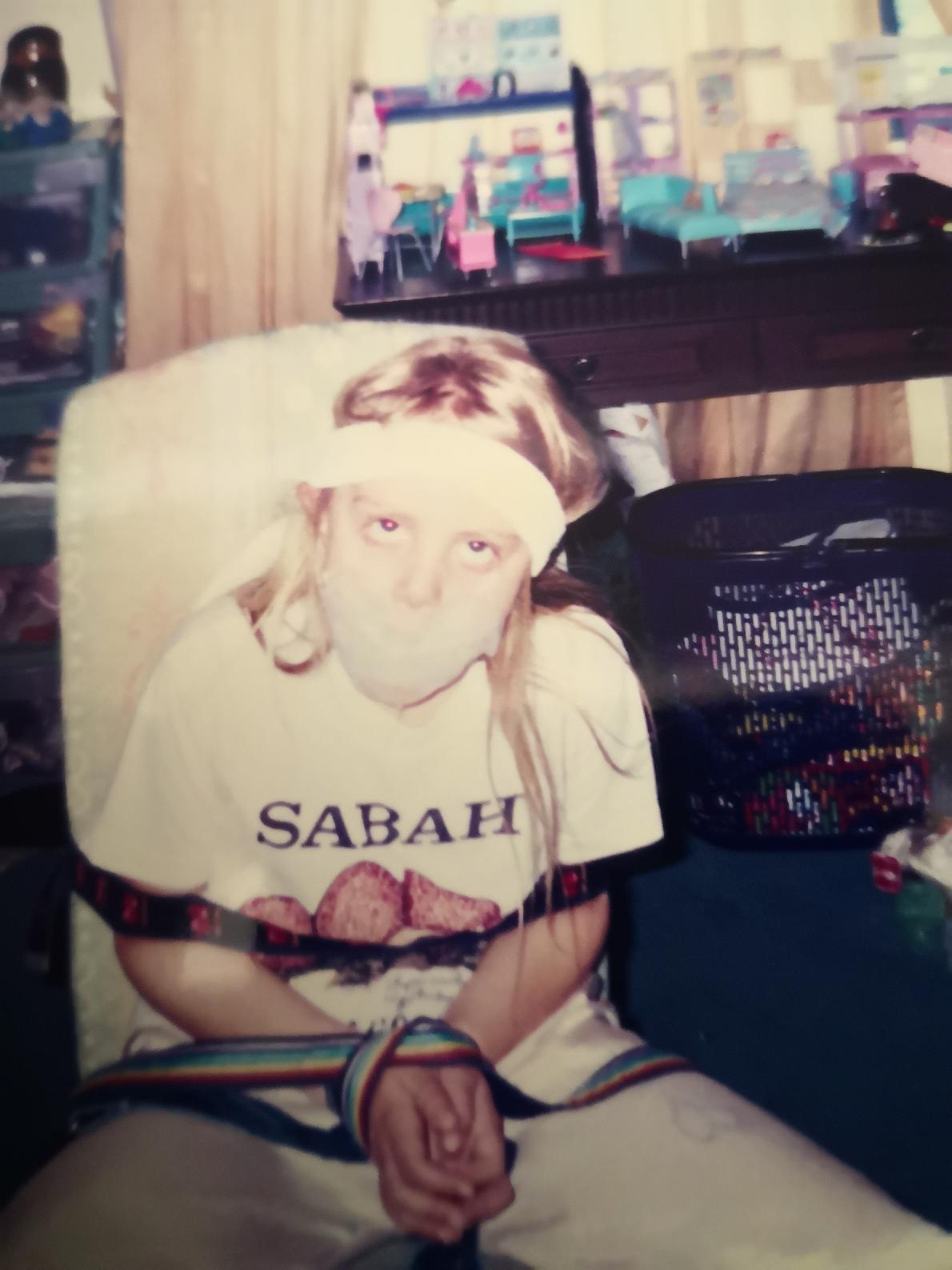
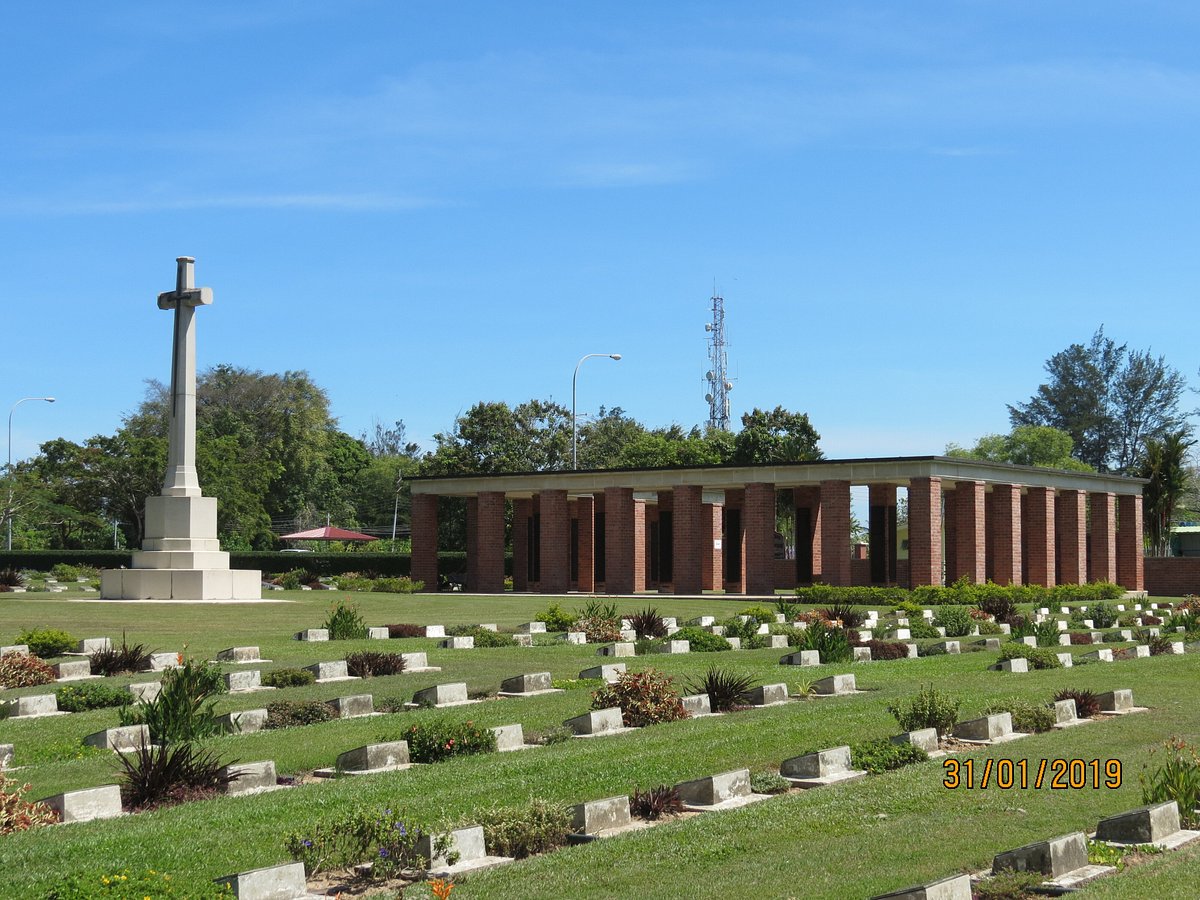
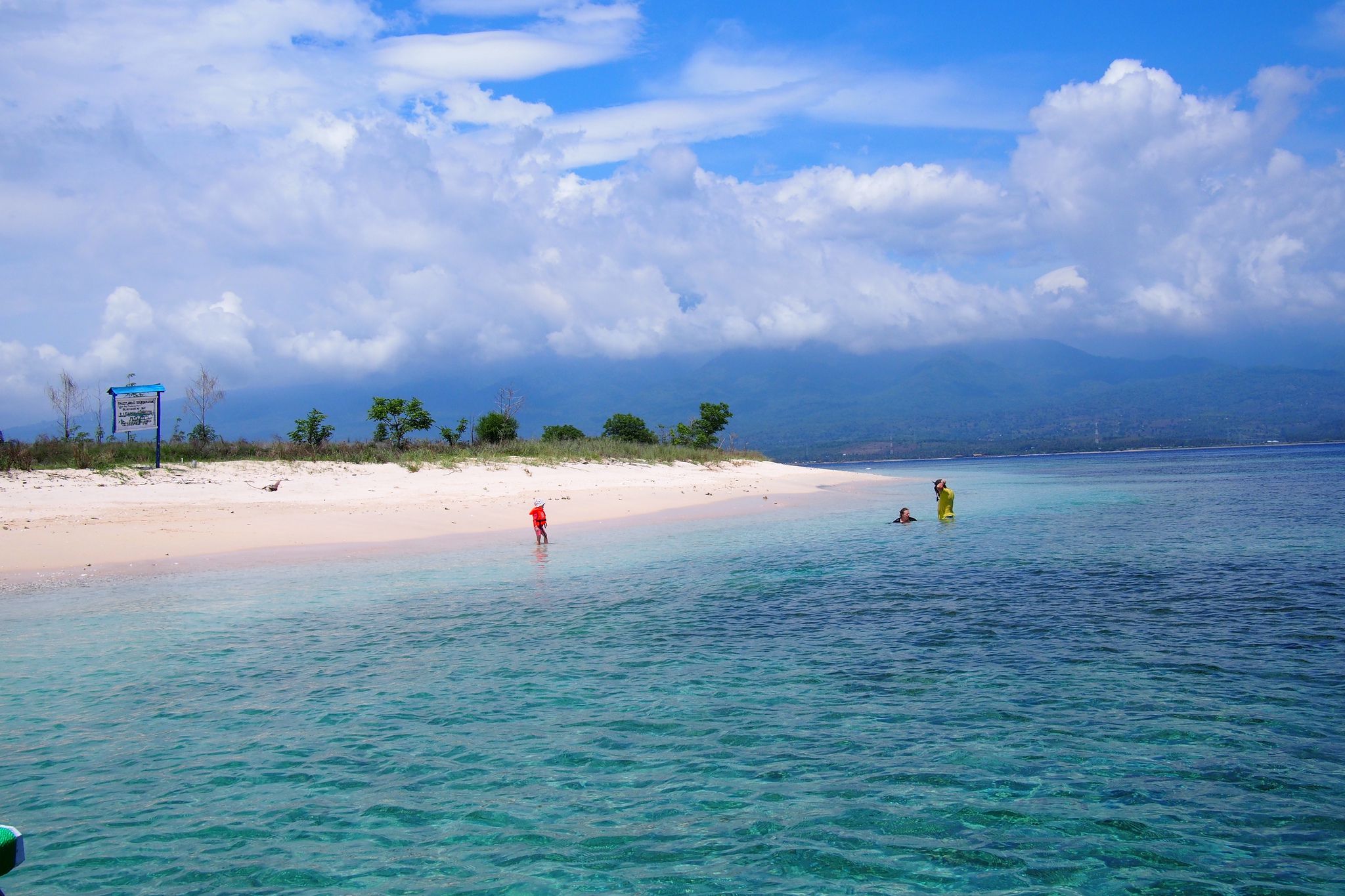
.jpg)


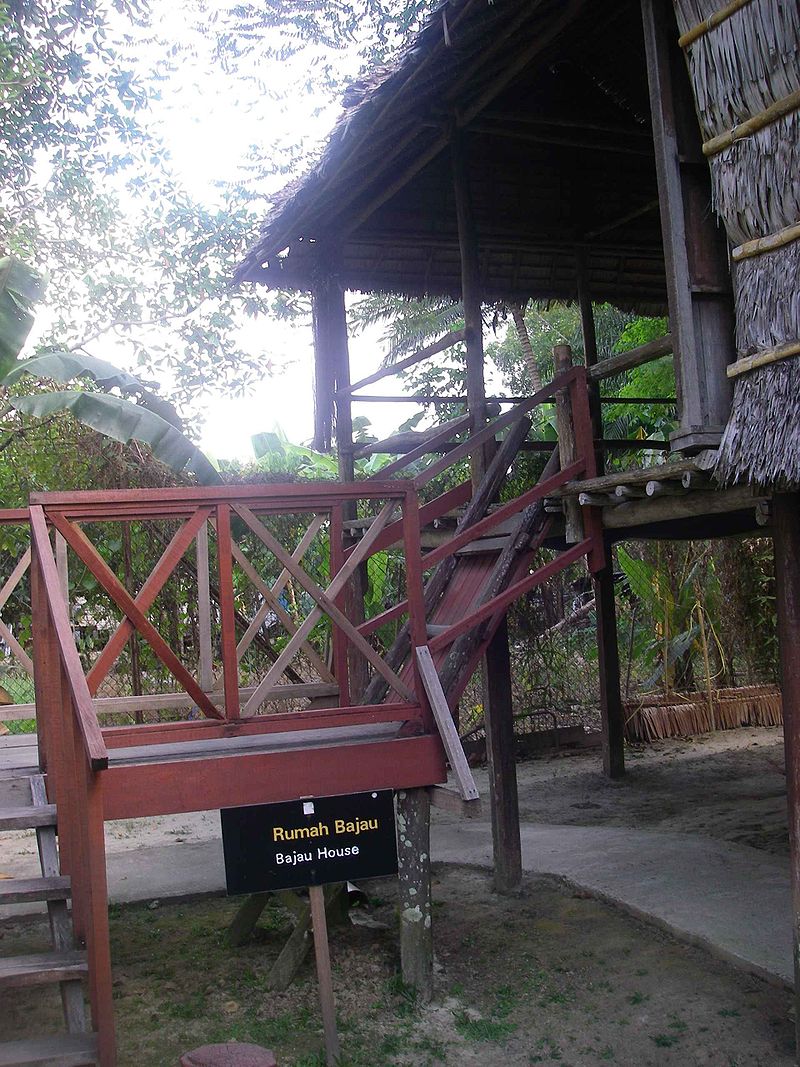
.jpg)
.jpg)



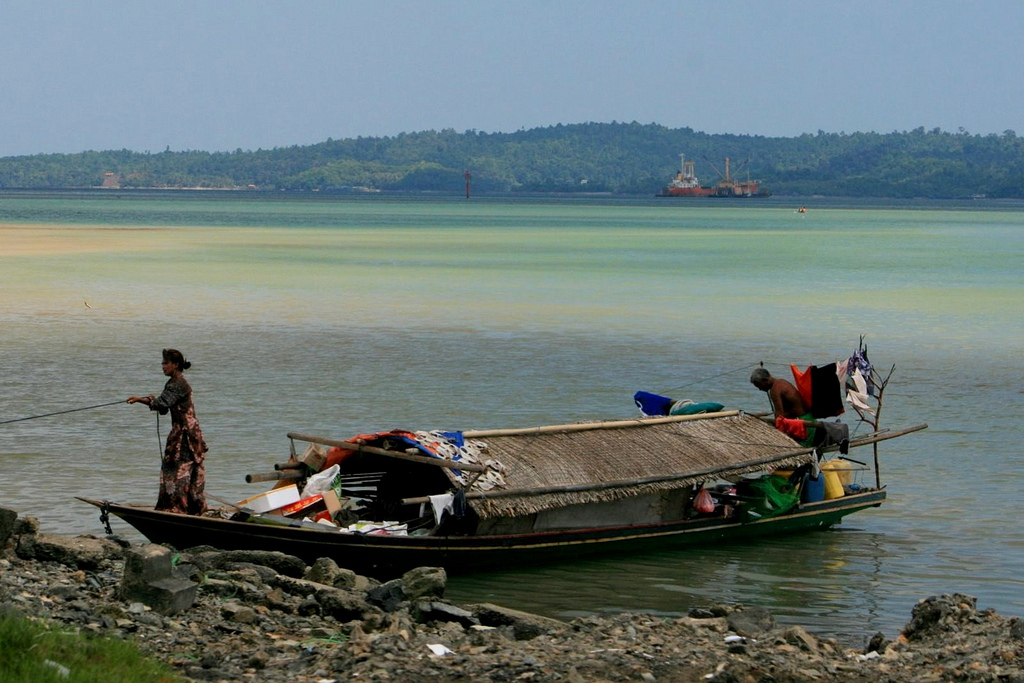
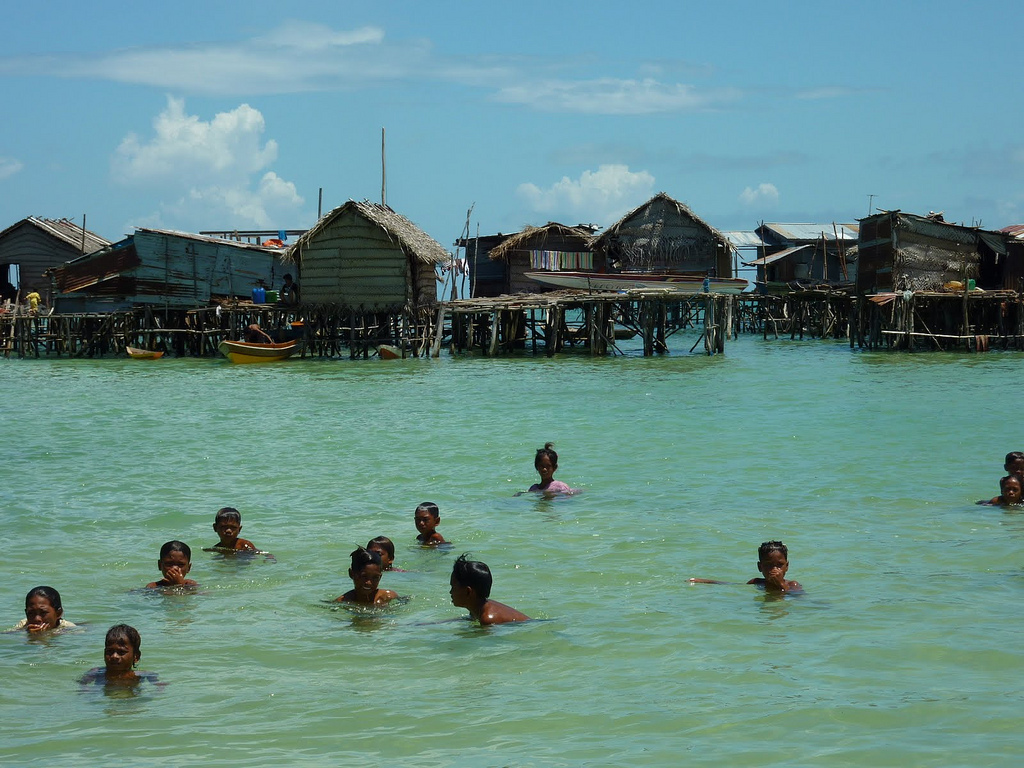
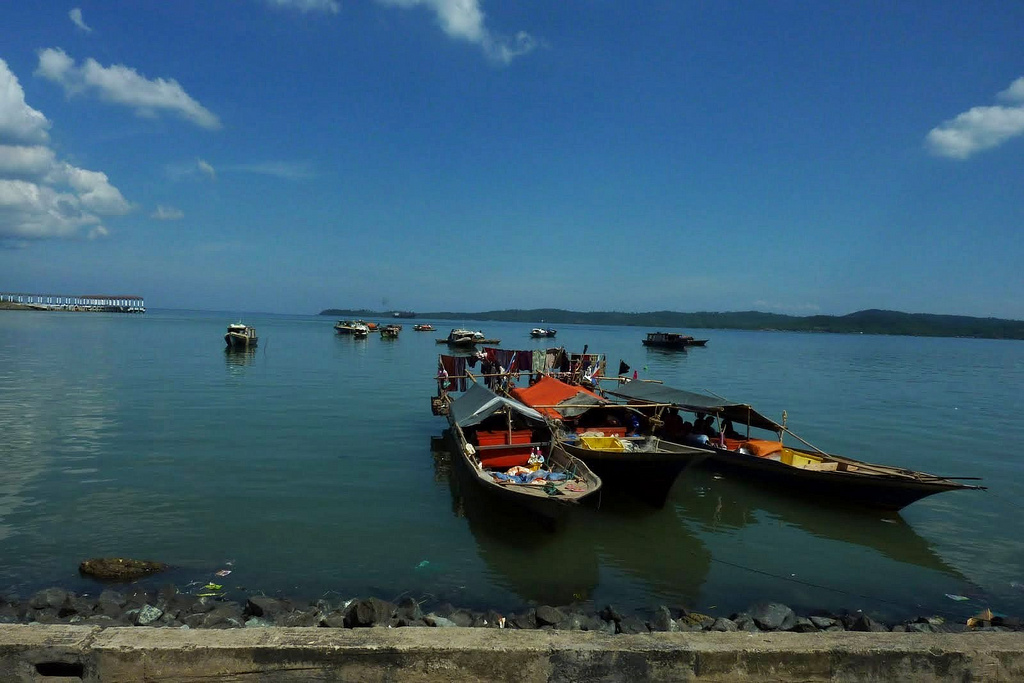
.jpg)


